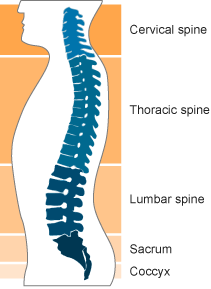Back problems
Citation
AIHW
Australian Institute of Health and Welfare (2024) Back problems, AIHW, Australian Government, accessed 27 July 2024.
APA
Australian Institute of Health and Welfare. (2024). Back problems. Retrieved from https://www.aihw.gov.au/reports/chronic-musculoskeletal-conditions/back-problems
MLA
Back problems. Australian Institute of Health and Welfare, 17 June 2024, https://www.aihw.gov.au/reports/chronic-musculoskeletal-conditions/back-problems
Vancouver
Australian Institute of Health and Welfare. Back problems [Internet]. Canberra: Australian Institute of Health and Welfare, 2024 [cited 2024 Jul. 27]. Available from: https://www.aihw.gov.au/reports/chronic-musculoskeletal-conditions/back-problems
Harvard
Australian Institute of Health and Welfare (AIHW) 2024, Back problems, viewed 27 July 2024, https://www.aihw.gov.au/reports/chronic-musculoskeletal-conditions/back-problems
This article is part of Chronic musculoskeletal conditions












